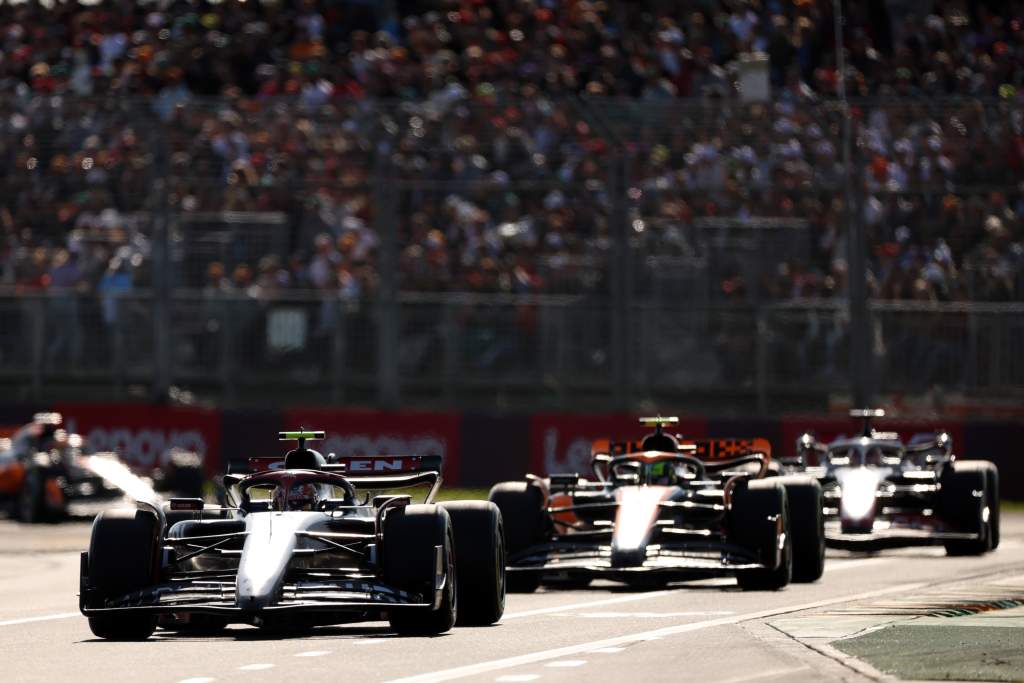Up Next

Gone are the days of true Formula 1 backmarkers and that’s putting more pressure on the drivers and teams in the midfield to get it right.
A mix of F1’s push to bring the field closer together, the gains made by former backmarkers like Haas and Williams and development missteps of the likes of McLaren and AlphaTauri has accumulated in there been very little to choose between the bottom six teams in the pecking order.
Every team has made it out of Q1 and 19 of the 20 drivers have, with rookie Logan Sargeant (who was tied with Lando Norris for a place in Q2 in Bahrain) the only driver who’s failed to advance to Q2 in the first three weekends.
That’s impressive and something that was unthinkable during most of the 2010s but has now – along with eight teams making it into Q3 in the first three races – occurred for the second successive season.
A record 2023 has already broken is the shortest amount of races before all teams have scored a point. Of course, it’s a record helped by the adjusted points distribution but it’s a mark of this being one of the closest seasons ever front-to-back.
The 2009 season – the first year of the ‘skinny’ aerodynamic regulations – will take some beating with its remarkably close field of just 1.4% of average supertimes (best laptime of the weekend) covering the 10 teams but that was something of an outlier of a year, with Brawn’s limited development of its all-conquering car and other frontrunners dropping the ball and spending the season waiting for the upgrades that would transform their season.
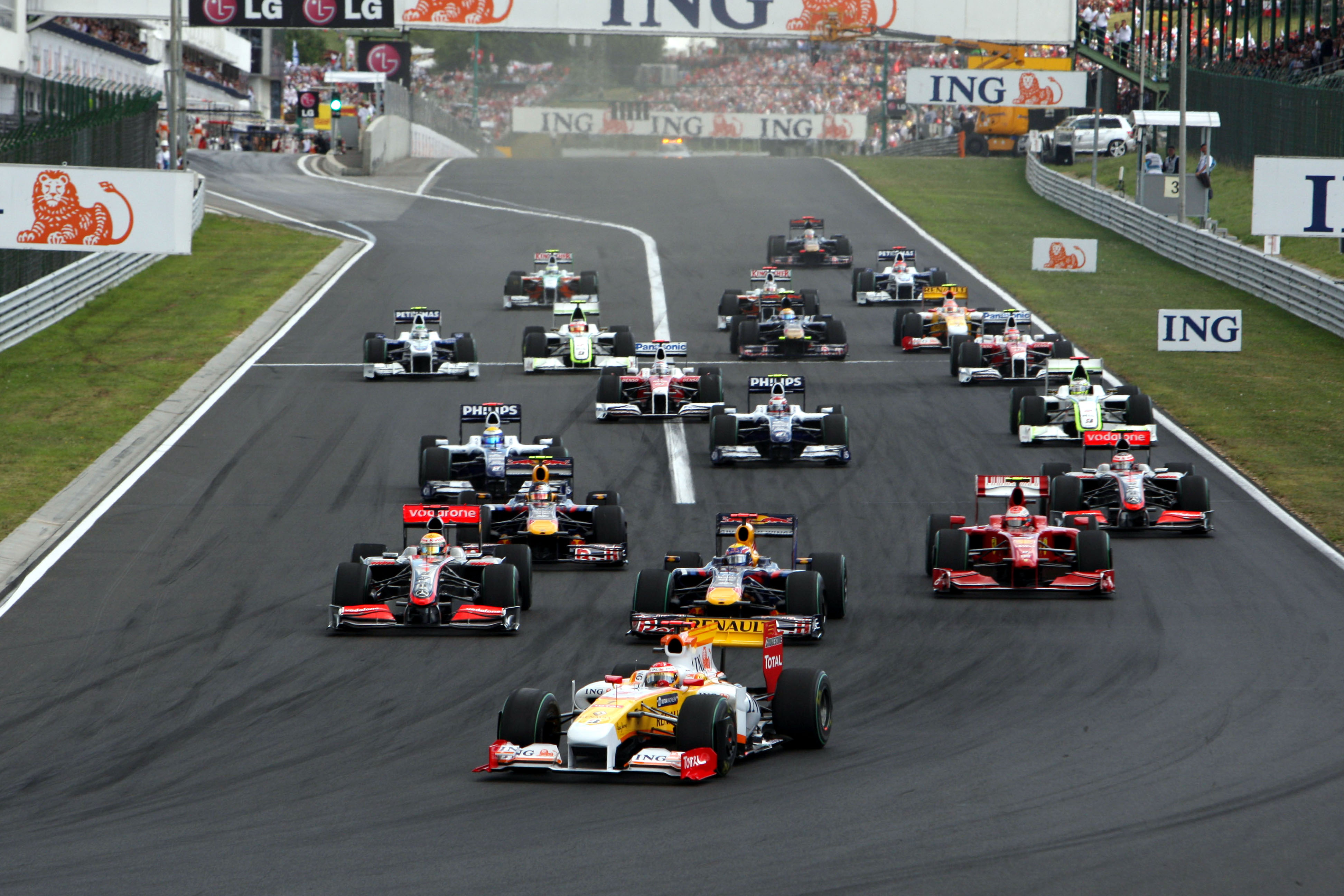
Once those faltering frontrunners like McLaren and Ferrari got their act together in time for 2010, the midfield was once again cast adrift to similar levels as the mid-2000s.
With the ATR windtunnel restrictions and budget cap limiting in-season gains, there’s far more hope this time that the midfield closeness 2022 first teased is here to stay even if Ferrari, Mercedes, McLaren and AlphaTauri could all make a case for having ‘low-hanging fruit’ to claw back performance soon.
There’s also relative financial stability among all 10 teams right now and there isn’t the financial peril that’s doomed so many teams to the back of the grid in previous years.
Right now at least the disappearance of an obvious backmarker has made the midfield order highly unpredictable each weekend.
There’s no guaranteed Q1 dropout as the likes of Williams, Haas, Sauber, Manor, Caterham, HRT, Force India/Spyker/Midland have all served as at various points since segmented qualifying was introduced in 2006.
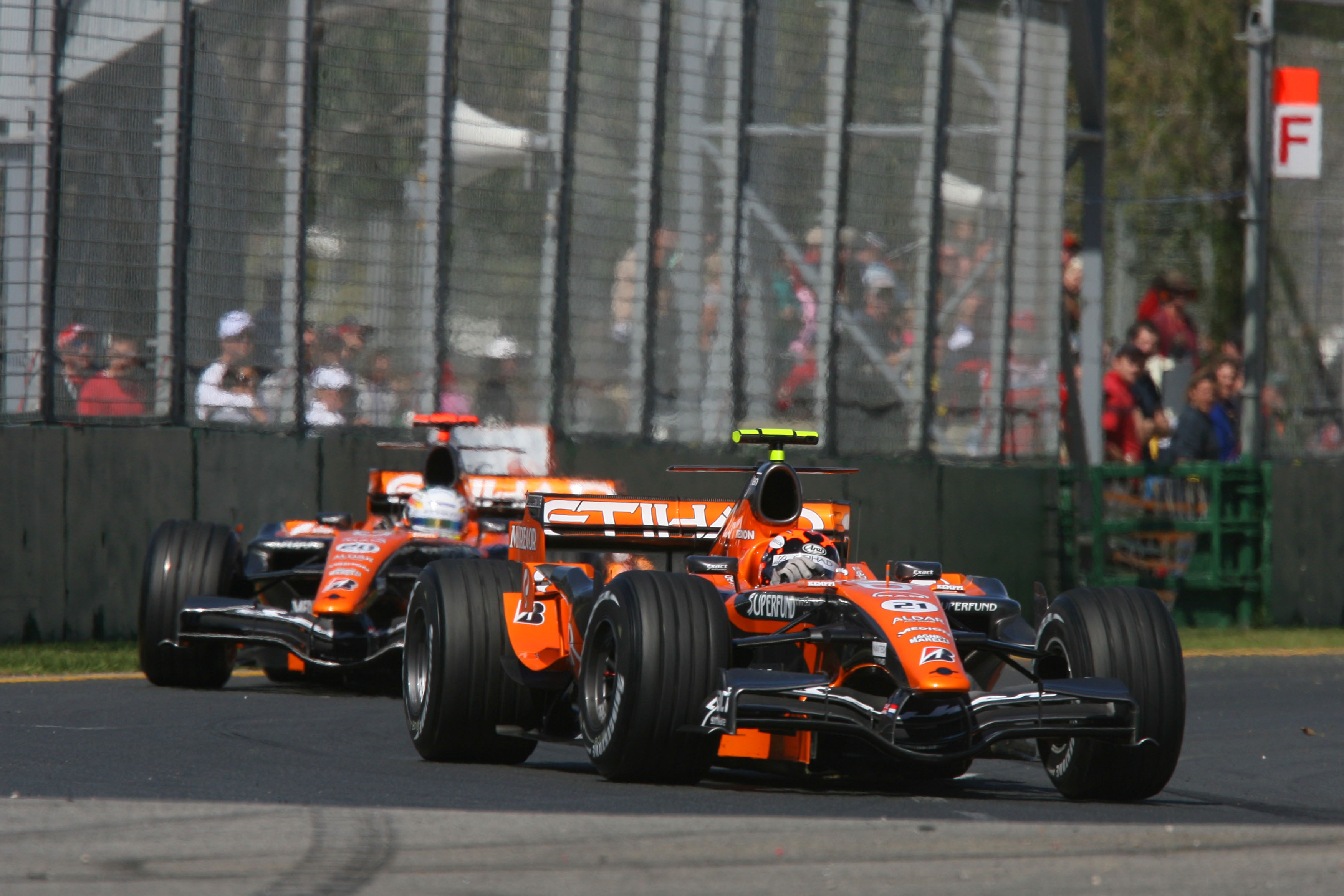
“I feel like we’ve escaped the age of the backmarker. It doesn’t feel like there is a backmarker now, there’s just the midfield,” Scott Mitchell-Malm said on a recent episode of The Race F1 Podcast.
“When I look at the field going into a grand prix weekend, before the cars have run on the Friday, I wouldn’t want to try and predict which cars are going to be eliminated from Q1.
“Whereas I feel like in the past well there will probably be a Haas or a Williams [that you could predict would go out].
“I’ve got no idea ahead of any given weekend who will be weakest in the midfield, let alone who will be strongest.”

Mark Hughes believes it will be “down to the drivers a lot more than it used to” and small team-mate disparities will continue to create scenarios where one driver ends up in Q3 while the other is eliminated in Q1 – as was the case in Bahrain with Nico Hulkenberg putting the VF-23 into the pole shoot-out on debut while Magnussen was knocked out in the first segment.
Where each team stands within F1’s mega-tight midfield
5th – McLaren
12 points
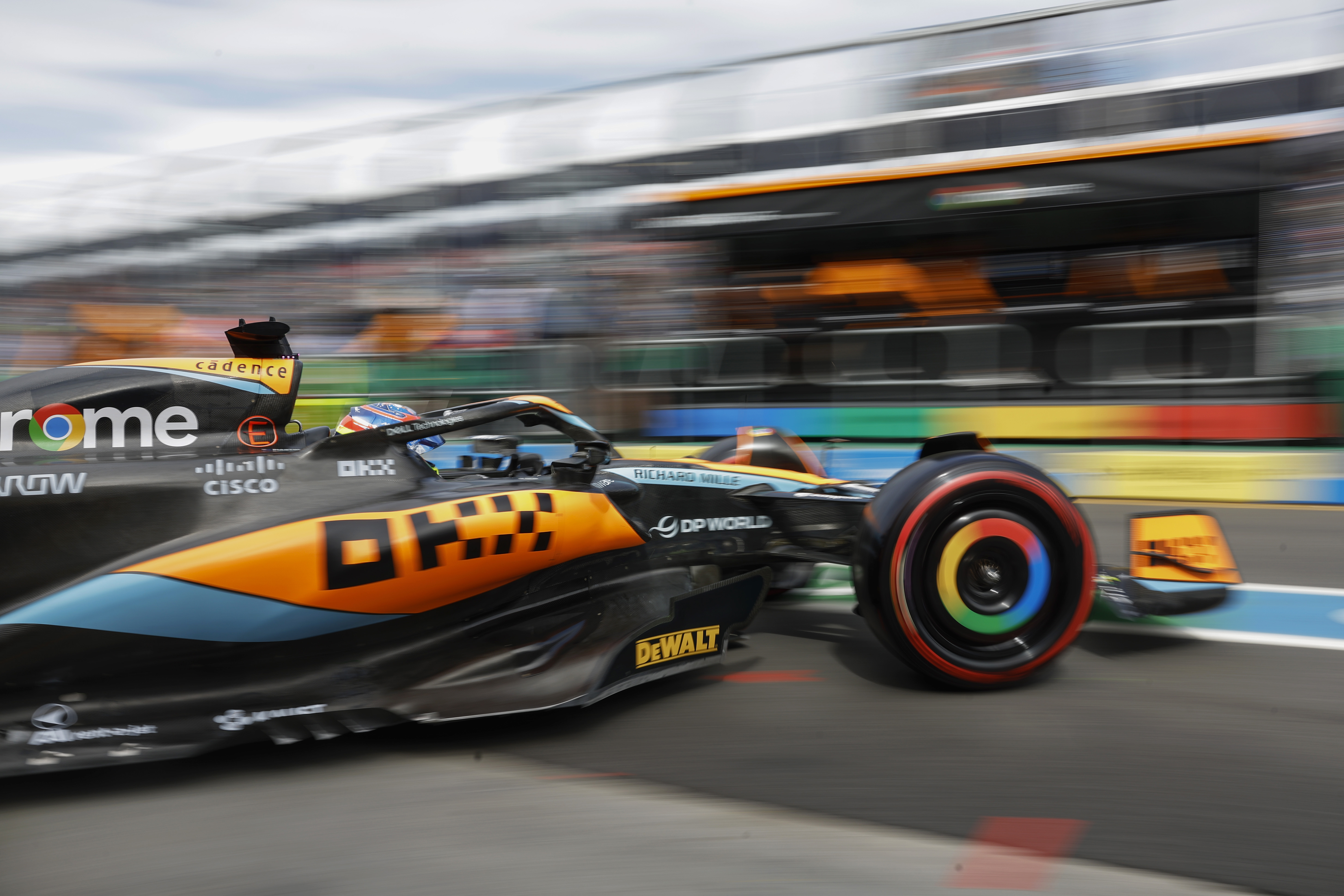
Just as for much of the first half of 2022 – as Lando Norris liked to remind everyone – McLaren leads Alpine despite having the inferior car.
The team underdelivered during the first two weekends and overdelivered in Melbourne, bagging all of its 12 points from a race that would have otherwise offered slender pickings.
The team has an important Baku update – devised under the old technical regime – which is the first major part of a series of course-correcting 2023 upgrades that will create the expectation of the team pushing on from sitting seventh in the supertimes after three races.
Norris demonstrated throughout 2022 and in Melbourne this year that he can make the difference in F1’s tight midfield and he will be vital in the team saving face this year.
As will Oscar Piastri (so far) proving to have the potential to be a much closer match to Norris than Daniel Ricciardo could ever consistently be at McLaren.
6th – Alpine
8 points
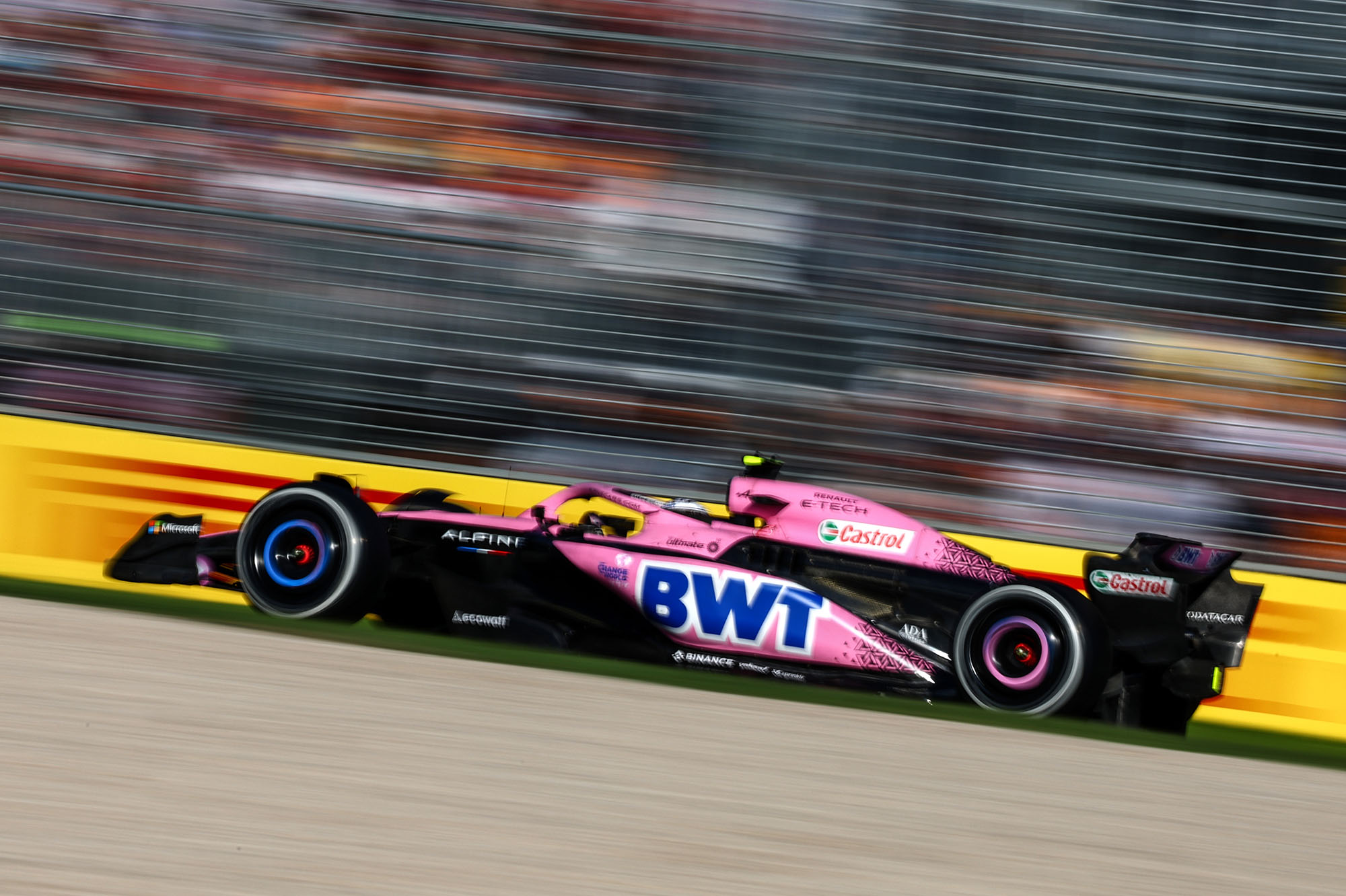
Eight points is not indicative of the fifth-fastest 2023 car but Alpine’s year has gone far from to plan.
From Esteban Ocon’s three-penalty Bahrain Grand Prix nightmare to the intra-team implosion in Melbourne, there’s also a chunky vat of points Alpine’s left on the table.
When the team or driver slips up there’s a huge gaggle of cars more than ready to take advantage and punish Alpine – rather than just McLaren as was the case at times over the last couple of years.
The team has a sizeable upgrade for Baku, which the team hopes will cement its status as the most likely midfield leader.
7th – Haas
7 points
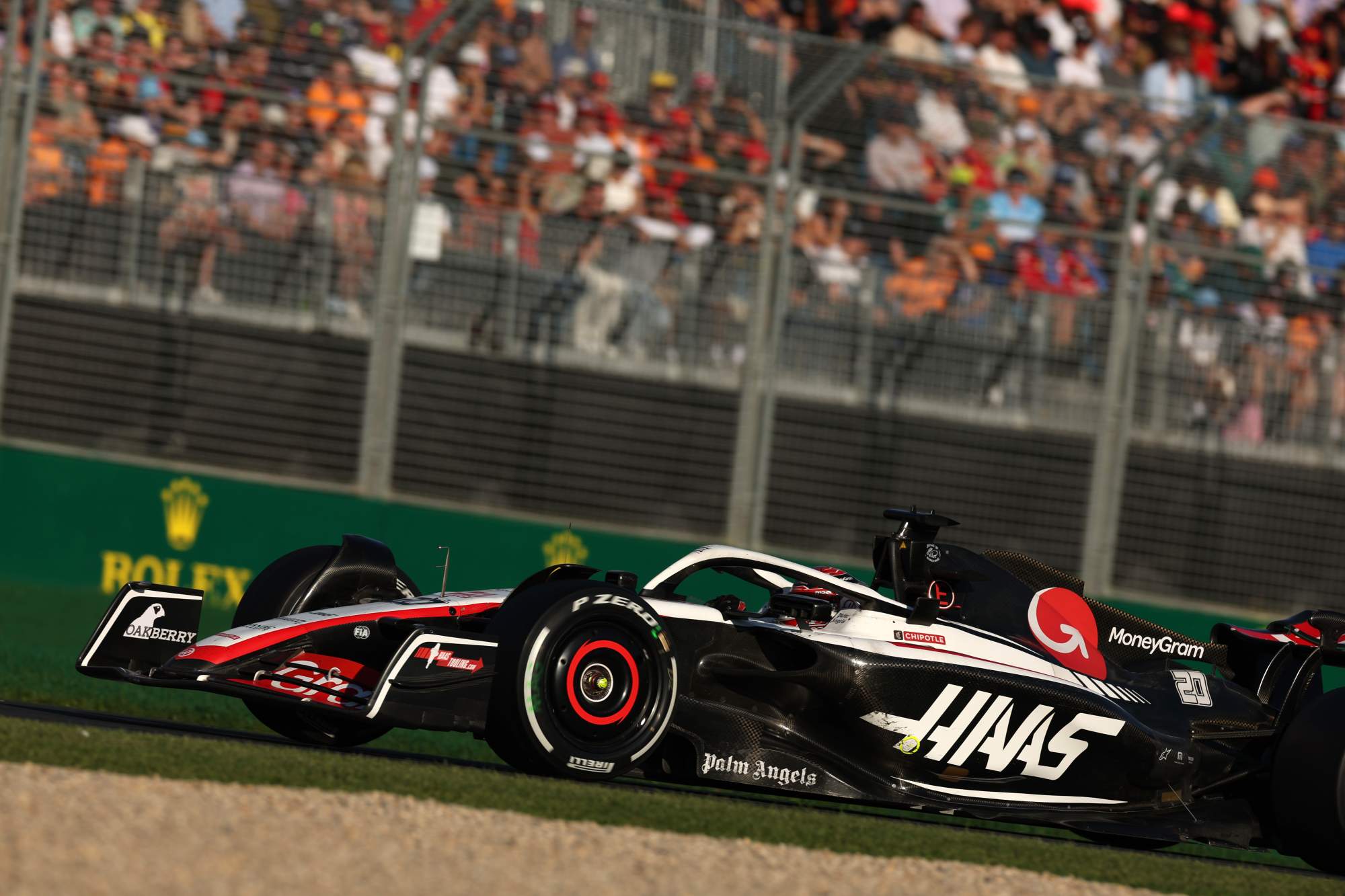
Haas’ one-lap speed places it as Alpine’s closest challenger in qualifying and it’s clear to see Hulkenberg’s stellar speed on his return to F1 has significantly helped that.
The supertimes order would look very different if they were calculated by Magnussen’s best efforts.
It still doesn’t look as strong as tyre management as other cars but Hulkenberg could have very easily finished third in Melbourne under slightly altered circumstances.
The main concern for Haas will be avoiding the slide down the pecking order that somewhat took the fizz out of its return to F1’s midfield last year, bar Magnussen’s sensational pole.
8th – Alfa Romeo
6 points
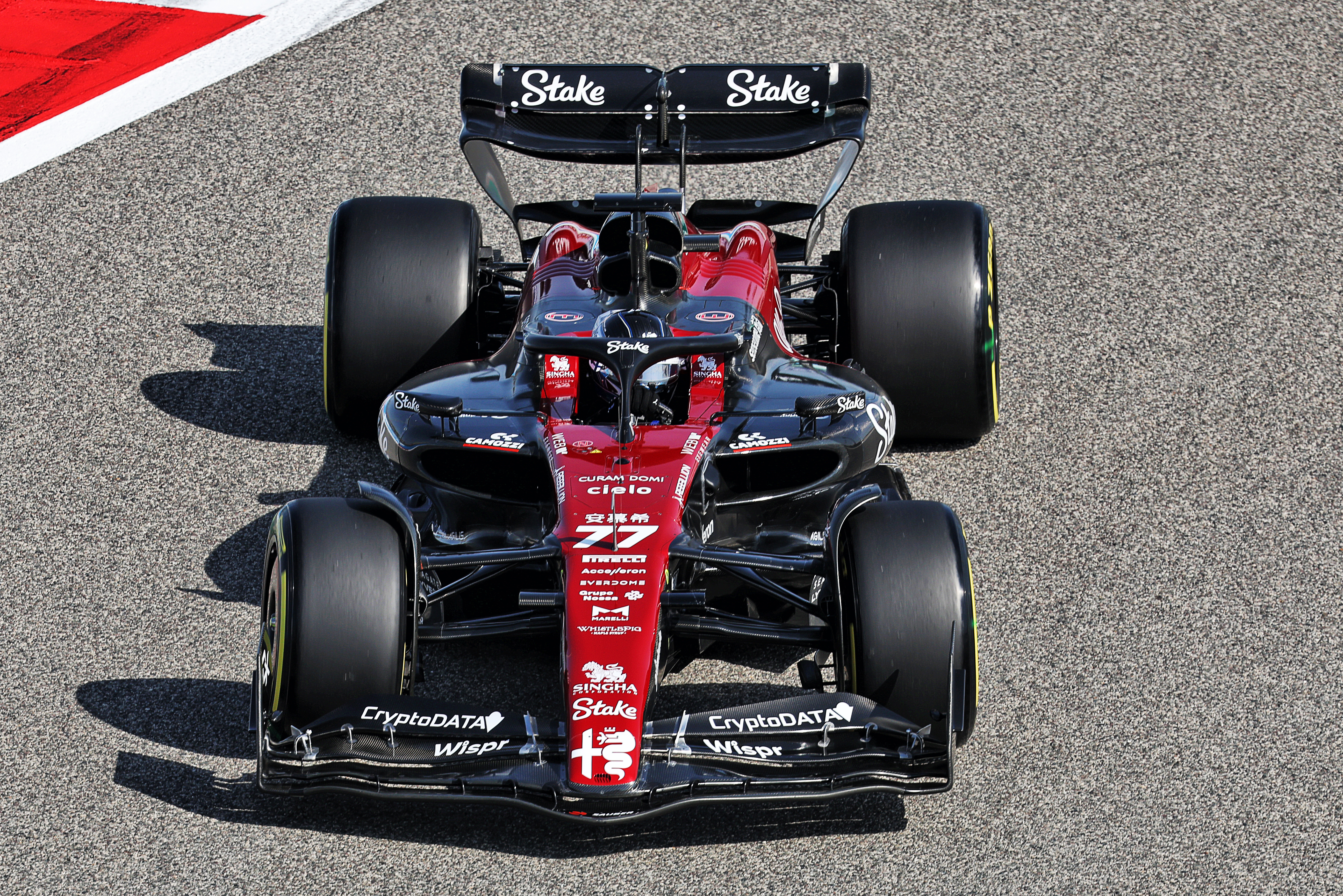
Valtteri Bottas’s eighth place finish in Bahrain feels like a lifetime ago given Alfa’s lack of performance since.
It was the slowest team in Melbourne and it struggled to give a convincing reason as to why – likewise Bottas worryingly couldn’t explain his own weekend-long deficit to Zhou Guanyu.
Zhou added another two points to the team’s tally in Melbourne, but he was a major beneficiary of the final standing restart chaos.
Alfa risks finding itself at the back of the midfield unless it can prove its shining Bahrain start wasn’t a one-off.
9th – AlphaTauri
1 point

The AT04 appears to be the unruliest car to drive within F1’s midfield and its performance has been so disappointing team boss Franz Tost even said he no longer trusts his team to deliver the speed it says it will.
Rookie Nyck de Vries in particular has struggled and, along with Logan Sargeant, is the only driver to fail to score a point in 2023.
The team is confident that ‘five or six’ steps of floor development this year will help to remedy the car’s biggest weakness and improves it fortunes.
AlphaTauri will hope those potential gains prevent it from becoming cast adrift as other midfield rivals inevitably make gains.
10th – Williams
1 point
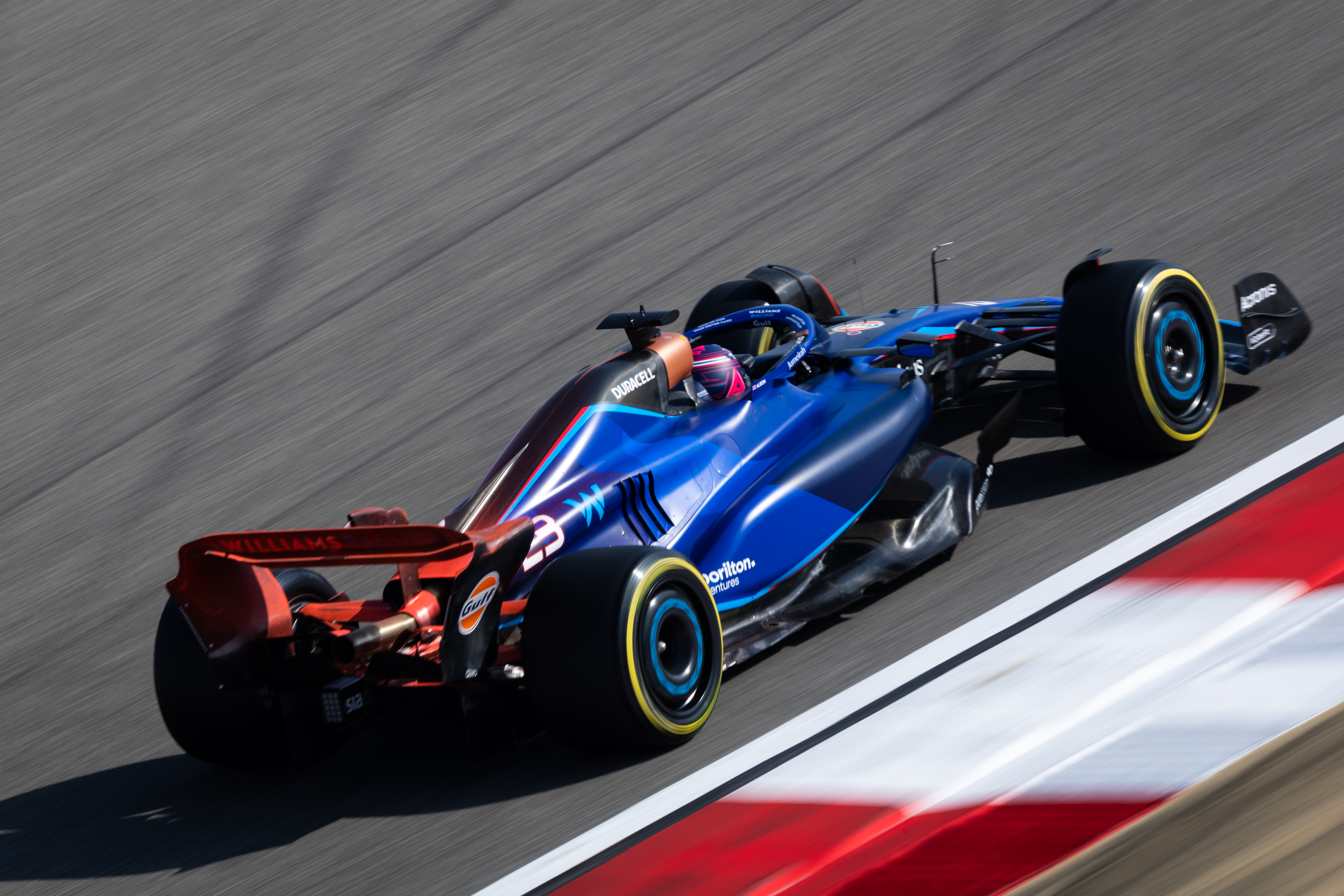
Williams has likely looked disproportionately fast in the opening three races given its low-drag advantage and the nature of the opening three circuits.
Many, including our Mark Hughes, expect the team to slip down the pecking order over the next few races.
Unfortunately for Williams it’s clear it has missed opportunities in Saudi Arabia and particularly in Australia where Alex Albon’s crash threw away a hefty points haul.
If Hughes’ prophecy comes to fruition, it’s going to regret those lost points.
While there are plenty of reasons to be hopeful, there’s no guarantee F1’s midfield will remain this close. But right now we’ve got a tantalizingly close pack that will reward the drivers and teams who nail it on the day – and few can argue with the sporting and entertainment value of that.


